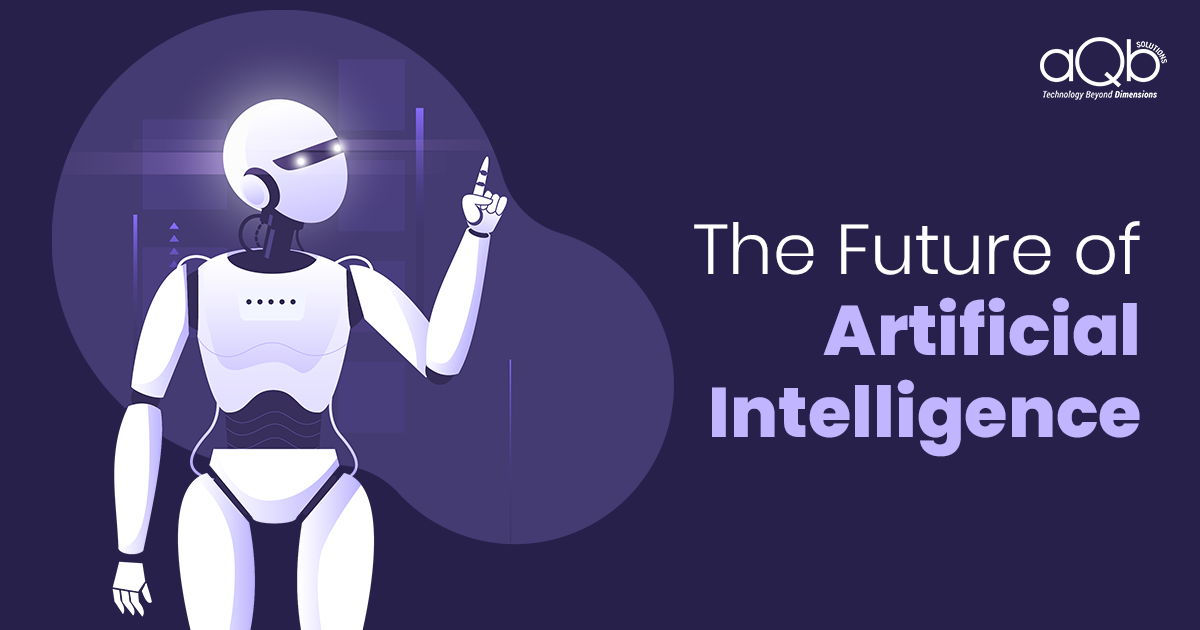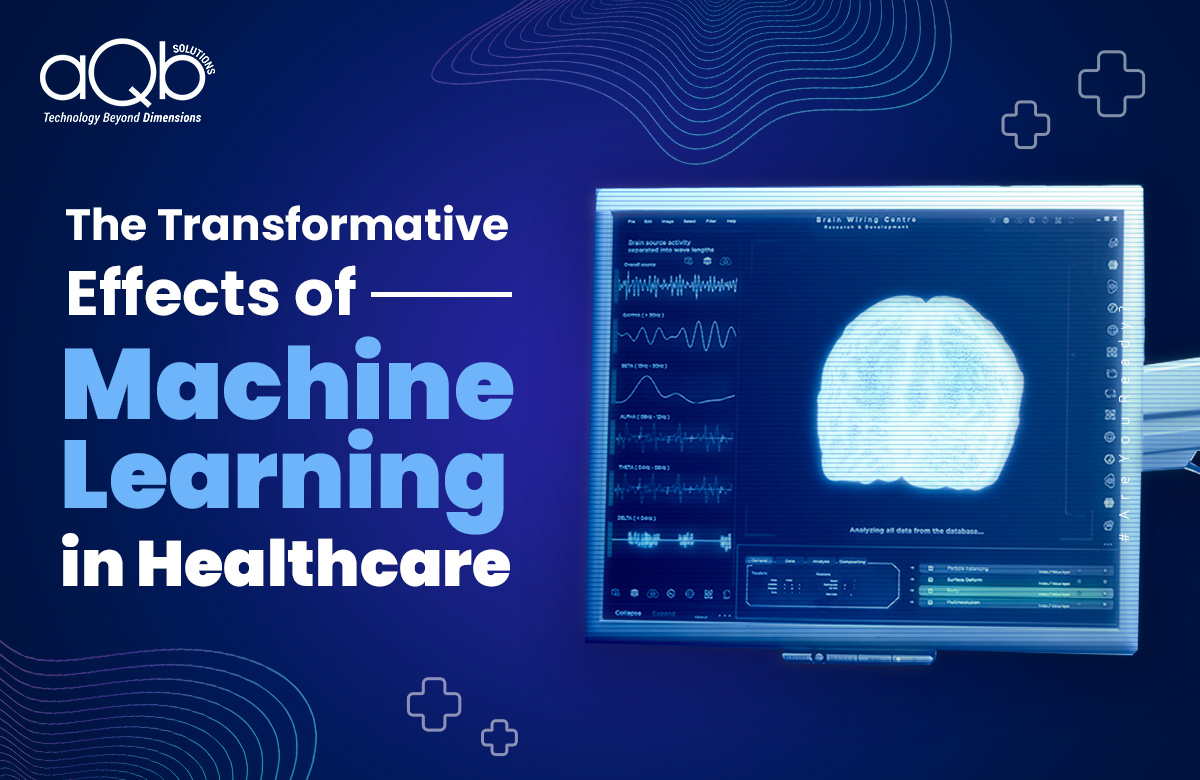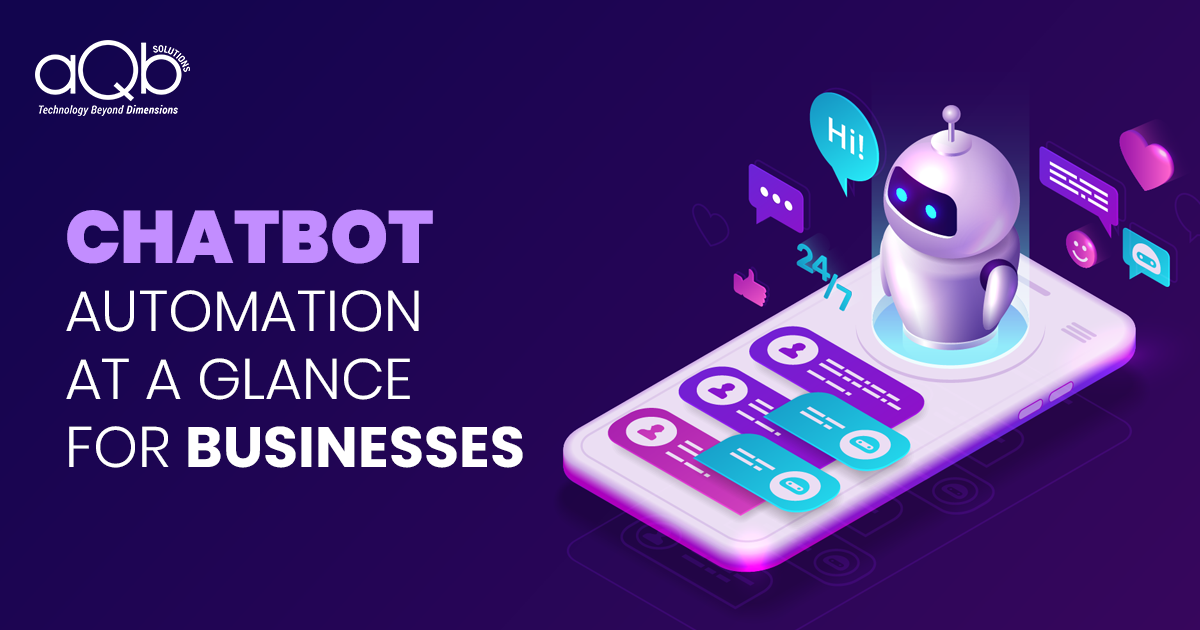From SIRI to detecting diseases like COVID19, AI is the future
Running robots, bionic limbs, self-driving cars are now the reality and are not a movie trailer. Unbelievable things become reality every day. Most of the scientific advances of the past years, in spite of being versatile, have one thing in common – artificial intelligence. AI and robotics are entering different industries at a rapid pace, from agriculture to the stock market, transforming work processes and entire businesses, offering more efficient, safer and more precise problem-solving abilities. Here are some examples of how AI is shaping our future.
1. AI can identify a biker without a helmet.
Well, if you’re a helmetless rider in Hyderabad, your luck may run out quicker than you thought. The IIT and the cops are working together to implement an AI system that will catch helmetless riders and fine them accordingly.
Together they have signed an MoU which will give the institute access to video data from the city’s CCTV network.
The solution uses convolutional neural network technology which primarily uses AI to mimic the human brain. The system is often put to detect other traffic violations, like helmetless bikers, zigzag bike driving, tripling, etc.
Installed partially in cameras and servers of the central police room, the software is embedded on a card attached to CCTV cameras. This will help detect violators by sending out an awareness of a central database.
2. AI can save water consumption within the irrigation fields.
Agriculture accounts for around 70% of all water intake globally. Out of which 60% gets wasted due to inefficient applications.
In Japan, AI integrated digital farming solutions collect data from soil and light sensors to formulate a detailed plan on the amount of water and fertilizers required based on the crop type, soil type weather, and various other factors.
This is often particularly useful to inexperienced farmers who might need help to enhance productivity while reducing water consumption.
3. AI can compose music supported genres.
Using AI as a tool to create music or aid musicians are in trends for a while.
In the ‘90s, David Bowie made an app called Verbasizer, which took the literary source material and randomly reordered the words to make new combinations that would be used as lyrics.
In 2016, Sony used software called Flow Machines to make a melody.
This material was used by a human composer Benoît Carré to produce a pop song called “Daddy’s Car.”
On a consumer level, the technology is already integrated with popular music-making programs like Logic, a software that’s used by musicians around the world to auto-populate unique drum patterns with the assistance of AI.
4. AI can help reduce the downtime of a machine.
With the advent of the Internet of Things (IoT), collection and analysis of data from the equipment itself have become a piece of cake. Now the manufacturers can use AI-based analytics to dramatically increase predictive maintenance capabilities and correspondingly reduce the downtime costs.
Say within a factory, the endpoint IoT nodes regularly and continuously collect voltage, current, sound, temperature, motion, vibrational data for every piece of kit utilized in the manufacturing process. Then this data is AI-analyzed in real-time to look for patterns that are known to cause equipment failures in the past.
5. AI makes hiring easy.
Emerging technologies that disrupted traditional business models have penetrated the HR departments too.
- AI-Driven Assessments- AI-driven assessments are pre-hire assessments that leverage AI to gauge candidates faster, more effectively in a friendly way. These usually take the shape of game-based assessments.
- Candidate Rediscovery- Candidate rediscovery tools analyze the existing database of candidates to rediscover individuals that can be a similar match for the required position.
6. Online ‘polygraph’ uses AI to review your face.
Traditional lie detectors depend on detecting fluctuations in parameters such as a person’s pulse, breathing rates, skin conductivity, etc but these all require probing the concerned person.
The facial polygraph with AI technology analyzes visual and voice data to detect changes if the person is lying.
Video feeds are analyzed in real-time to pick up tiny changes in facial gestures, skin color that indicates changes in pulse, and fluctuations in temperature as blood flow changes
Benefits-The facial polygraph is used without alarming the prospect. Their truthfulness is tested in a more natural way without them realizing it.
Artificial intelligence (AI) algorithm helps the users on matrimony sites to suggest real-time appropriate profiles that not only match their preferences but are generated by understanding the user’s behavior.
7. AI can play a matchmaker for marriages.
Definitely AI and machine learning help to match better keeping in accounts numerous factors that come into play during matchmaking — starting from personal interests, education, language, career, family, lifestyle to horoscopes is what makes it interesting for AI to know behavior, history and match more precisely.
8. Engaging Voters Using AI
AI and machine learning are often used to engage voters in election campaigns and help them be more informed about important political issues happening during elections. Statistical techniques powered by machine learning algorithms can automatically identify patterns in data. By analyzing the web behavior of voters i.e Data consumption patterns, relationships, social media patterns, psychographic, etc user profiles might be created. Targeted advertising campaigns are sent to every voter based on their individual psychology. This helps in persuading voters to vote for the party that meets their expectations.
9. AI can predict your chances of winning a court case.
Scientists have developed an AI-based system that can predict court decisions better than legal scholars, even with less information.
Decision outcomes included whether the court reversed a lower court’s decision and therefore the way each justice voted. The model then verified the features of each case for that year and predicted decision outcomes. The algorithm correctly predicted 70.2 percent of the court’s 28,000 decisions and 71.9 percent of the justices’ 240,000 votes.
10. AI can identify cancer.
As it stands, doctors have access to high-quality imaging and skilled radiologists can spot the telltale signs of abnormal growth. Once identified, the subsequent step is for doctors to work out whether the expansion is benign or malignant. Even then, errors can occur.
The key to successful cancer treatment is catching it early.
With the power of AI, the researchers trained their machine learning algorithm (Deep Convolutional Neural Network), using quite 12,000 synthetic images.
By the highest of the tactic, the algorithm was 100% accurate on synthetic images, next they moved on to real-life scans.
Which resulted in 80% accuracy. The subsequent step is to refine the algorithm by using more real-world images as inputs.
Conclusion.
Artificial intelligence is the future and we won’t miss any opportunity to start early.
In recent years we have been part of many promising AI-based technologies some of which are
Chabot
Intelligent self-learning, omnichannel bot deployed in various channels like website, WhatsApp, Facebook, etc used for providing tailored solutions right from lead generation to managing customer grievance.
Recently we are working closely with the government to develop an information bot for the government sites to ease navigation for the public.
Legal Analytics
This uses NLP to go through the court documents and predict the winner of a certain court case based on the electronic court records.
Digital Signage
This is a new age smart ad display unit that shows targeted advertising based on gender & age.
To know more about AI in the retail industry –click here
Prediction of CardioVascular Diseases.
Analyzing a large number of prescriptions to gather huge data sets for training a predictive model. This can assist doctors with the diagnosis of patients having cardiovascular symptoms and provide probabilistic scores on the possible diseases.
The technology used- Tensorflow, Keras, Resnet 50, Amazon Cloud Services like RDS, S3, EC2, Elastic Load Balancing, Speech Recognition, Segmentation (Transcribe) & Stanford NER.




